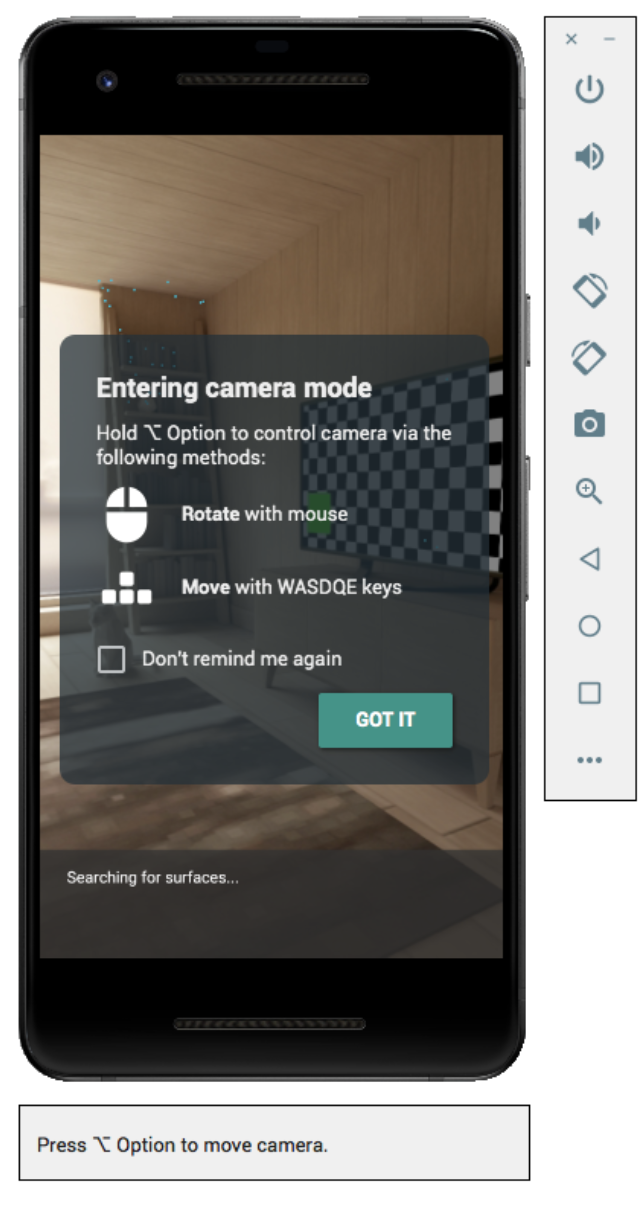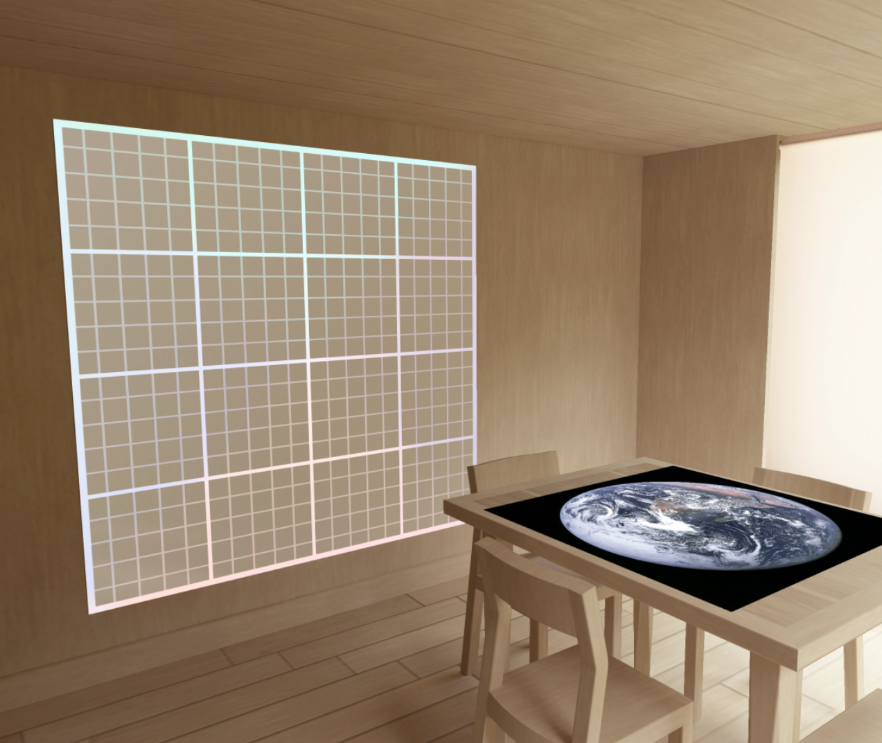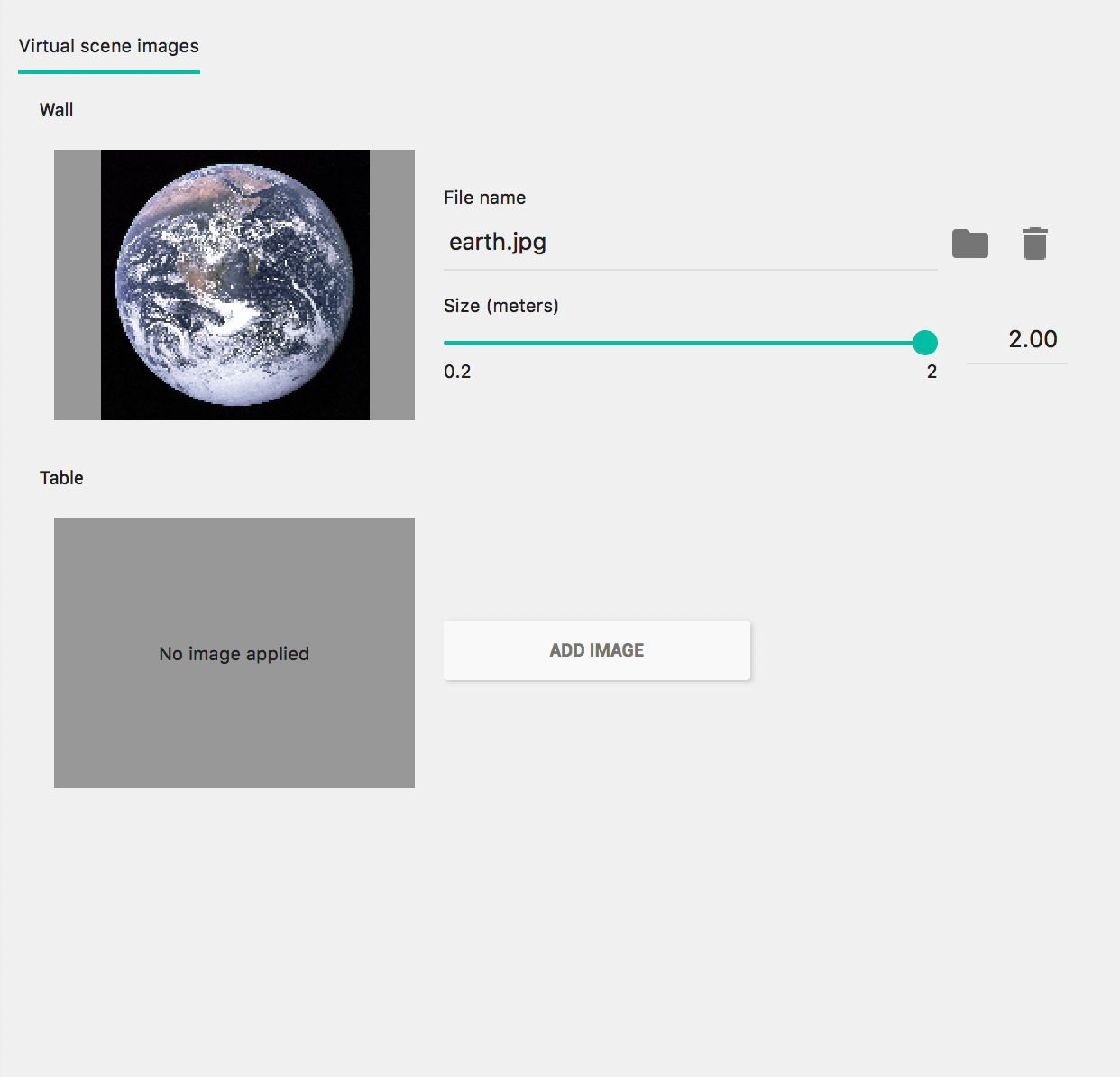Usa el Android Emulator para probar situaciones de RA sin un dispositivo físico. Android Emulator te permite ejecutar apps de ARCore en un entorno virtual con un dispositivo emulado que puedes controlar.
Configura tu entorno de desarrollo
Requisitos de software:
Android Studio 3.1 o versiones posteriores
Android Emulator 27.2.9 o versiones posteriores
Obtén Android Studio y las herramientas del SDK para ARCore
Instala Android Studio 3.1 o una versión posterior.
En Android Studio, ve a Preferences > Appearance and Behavior > System Settings > Android SDK.
Selecciona la pestaña SDK Platforms y marca la casilla de verificación Show Package Details.
En la versión de Android correspondiente, selecciona Google APIs Intel x86 Atom System Image, nivel de API 27 o posterior.
Selecciona la pestaña SDK Tools y agrega Android Emulator 27.2.9 o una versión posterior.
Haz clic en OK para instalar los paquetes y las herramientas seleccionados.
Vuelve a hacer clic en OK para confirmar los cambios.
Accept el contrato de licencia del instalador de componentes
Haz clic en Finish.
Crea un dispositivo virtual compatible con AR
Para obtener más información, consulta las instrucciones de Android Studio para crear un dispositivo virtual.
Crea un dispositivo virtual de Android (AVD) nuevo
En Android Studio, haz clic en Tools > Device Manager para abrir el Device Manager.
Haz clic en Create Device en la parte superior del panel Administrador de dispositivos.
Selecciona o crea el perfil de hardware de teléfono que desees y, luego, selecciona Next.
Selecciona una imagen del sistema
x86ox86_64que ejecute el nivel de API 27 o posterior y selecciona Next.Si bien los dispositivos ARCore físicos son compatibles con el nivel de API 24 o versiones posteriores, la compatibilidad con Android Emulator requiere el nivel de API 27 o versiones posteriores.
Solo se admiten las arquitecturas del emulador de Android basadas en x86. Actualmente, no se admiten otras arquitecturas, como
arm64-v8ayarmeabi-v7.
Verifica que tu dispositivo virtual esté configurado correctamente:
Haz clic en Show Advanced Settings.
Asegúrate de que Camera Back esté configurado como VirtualScene.
Haz clic en Finish para crear tu AVD.
Ejecuta tu app
Probar una app de ARCore en un dispositivo virtual compatible con RA en el emulador Para ello, puedes seguir las instrucciones de Android Studio para ejecutar una app en Android Emulator.
Actualiza los Servicios de Google Play para RA
Es probable que la versión de los Servicios de Google Play para RA en el emulador esté desactualizada. Sigue estas instrucciones para actualizarlo:
Descarga la versión más reciente de Google_Play_Services_for_AR_1.51.0_x86_for_emulator.apk desde la página de versiones de GitHub.
Instala el APK descargado en cada AVD que quieras usar:
Inicia el AVD deseado y, luego, arrastra el APK descargado desde la carpeta del sistema (es decir, Downloads) en el emulador en ejecución o instálala con
adbmientras se ejecuta el dispositivo virtual:adb install -r Google_Play_Services_for_AR_1.51.0_x86_for_emulator.apk
Repite estos pasos para los AVD adicionales que quieras usar.
Controla la escena virtual
Cuando tu app se conecte a ARCore, verás una capa superpuesta que describe cómo controlar la cámara y una barra de estado debajo de la ventana del emulador.
Cómo mover la cámara virtual
Mantén presionado Shift para acceder a los controles de movimiento de la cámara. Usa los siguientes controles para mover la cámara:
| Acción | Qué hacer |
|---|---|
| Mover hacia la izquierda o la derecha | Mantén presionada la tecla Mayúsculas y presiona A o D. |
| Mover hacia arriba o hacia abajo | Mantén presionada la tecla Mayúsculas y presiona Q o E. |
| Avanzar o retroceder | Mantén presionada la tecla Mayúsculas y presiona W o S. |
| Cómo cambiar la orientación del dispositivo | Mantén presionada la tecla Mayúsculas y mueve el mouse. |
Suelta Shift para volver al modo interactivo en el emulador.
Usa la pestaña Virtual Sensors en Controles extendidos para posicionar el dispositivo con mayor precisión.
Cómo agregar imágenes aumentadas a la escena
Carga imágenes en el entorno simulado del emulador para probar Imágenes Aumentadas.
Usa la pestaña Camera en Extended controls para agregar o modificar Scene images. Hay dos ubicaciones de imágenes, una en la pared y otra en la mesa.
Para ver las ubicaciones de estas imágenes en la escena, inicia el emulador y, luego, mueve la cámara al área del comedor a través de la puerta que se encuentra detrás de la posición inicial de la cámara.
Sugerencias para solucionar problemas
Si se inicia tu app de ARCore y ves el mensaje "Este dispositivo no admite RA", verifica la revisión de la imagen del sistema. Asegúrate de usar el nivel de API 27, revisión 4 o posterior.
Si tu app de ARCore no puede abrir la cámara cuando se inicia, asegúrate de que Camera Back esté configurado como VirtualScene, como se describe en los pasos de configuración anteriores.
Si tu app de ARCore no se abre y muestra el mensaje de error "No se pudo crear la sesión de RA", revisa el registro de la app. Si encuentras un
java.lang.UnsatisfiedLinkErrorcon un mensaje que contiene/lib/arm/libarcore_c.so" is for EM_ARM (40) instead of EM_386 (3), es posible que hayas instalado la versión incorrecta del APK de Servicios de Google Play para RA. Crea un dispositivo virtual nuevo y, luego, instala la versión x86.




